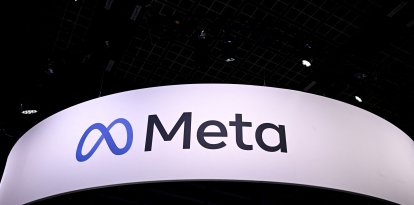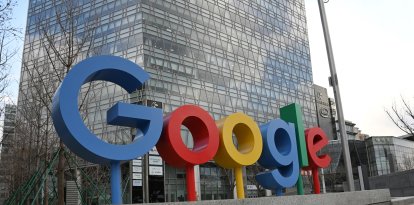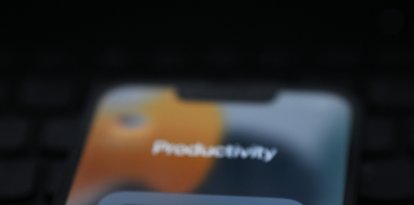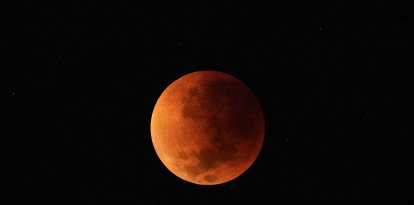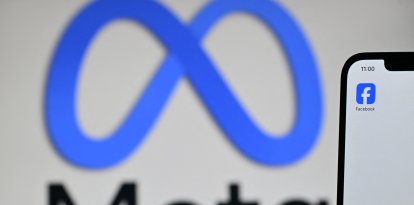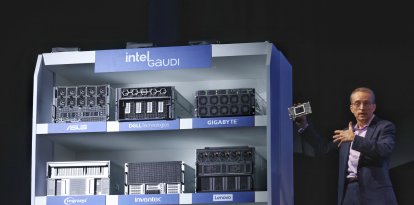Astronauts from Boeing's failed mission will return to Earth with rival SpaceX in February
NASA announced that Butch Wilmore and Suni Williams will return with the Crew-9 team.

Astronauts Butch Wilmore and Suni Williams in the International Space Station's Harmony module and Boeing's Starliner spacecraft.
They were to travel for eight days in space but will end up staying there for eight months: the two astronauts transported to the International Space Station (ISS) will not be able to return to Earth on Boeing's Starliner spacecraft and must do so with competitor SpaceX in February, NASA announced Saturday.
That the U.S. space agency has opted for that solution is a slap in the face for its historic partner Boeing, with repercussions for the crew, due to the extended stay of astronauts Butch Wilmore and Suni Williams on the ISS. And also because they will have to return on a spacecraft from the rival company owned by tycoon Elon Musk.
"NASA has decided that Butch and Suni will return with the Crew-9 crew next February and that Starliner will return uncrewed," NASA chief Bill Nelson announced at a news conference Saturday following a meeting of the operational decision-making committee.
For its part, Boeing said in a press release that the focus of its program is "focusing, above all, on the safety of the crew and the spacecraft."
This is a new setback for the U.S. giant, which suffered repeated setbacks from failures in its jetliner production and space project delays.
Alternative radical solution
Butch Wilmore and Suni Williams lifted off in early June aboard the Starliner and since then remained at the ISS, to which their spacecraft remained docked.
Initially, the Starliner was supposed to bring them back to Earth eight days after departure, but problems detected in its propulsion system led NASA to question its reliability and adopt an alternative solution.
The two astronauts stuck on the ISS "fully support the agency's decision and are ready to continue their mission on board," Norm Knight, head of NASA's Flight Operations Directorate, told a press conference.
Technical teams from Boeing and NASA conducted tests to better understand the cause of the problems detected in flight, particularly with the spacecraft's thrusters.
The main concern has been that Starliner was not able to achieve the thrust needed to leave orbit and begin its descent to Earth.
That is why NASA decided that there were no absolute safety conditions for the spacecraft, so it will return empty.
Attempting to return with these Starliner failures "was simply too risky for the crew," said Steve Stich, a senior NASA official.
A regular SpaceX mission, called Crew-9, is then due to blast off in late September for the ISS, but with only two astronauts aboard instead of four.
It would remain docked to the ISS until its scheduled return to Earth in February. It will be on that return trip that the two SpaceX astronauts will be joined by the two Boeing crew members.
"SpaceX is ready to help NASA in any way possible," the firm's No. 2, Gwynne Shotwell, expressed on the X social network.
This also affects Boeing's already chastened image following a wave of failures and questions about the quality of its aircraft, mainly several models of its commercial planes.
"It's an image problem," Cai von Rumohr, an aeronautics analyst at TD Cowen, told AFP, adding that "it could jeopardize future contracts with NASA."
NASA caution
"This is not a good time for Boeing," said Erik Seedhouse, a professor at Embry-Riddle Aeronautical University, when asked, who called the decision "very embarrassing" for the U.S. giant.
Boeing had assured earlier this month that it was "confident" in the Starliner's ability "to return safely with the crew." But NASA, extremely cautious since the fatal accidents of the Challenger and Columbia space shuttles, persisted in demanding additional analysis.
Ten years ago, NASA ordered a new spacecraft from Boeing and another from SpaceX to transport its astronauts to the ISS.
With two vehicles, it would always have a solution in case of problems with one or the other.
But tycoon Elon Musk's company prevailed over Boeing and was the only U.S. manned space transporter in the last four years.
This first manned Starliner flight, which came years late, was to be the final test before it began regular operations.
RECOMMENDATION
